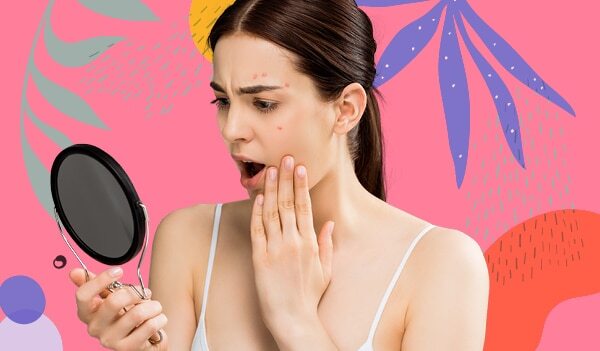If you notice consistent breakouts on your arms, chest, back and face that your regular anti-acne skincare routine just isn't able to get rid of, then there's a chance that you might be dealing with fungal acne. While we know that this sounds absolutely gross, trust us, it really isn't. This skin condition is more often than not, a result of an unhygienic lifestyle, and can be easily treated once you know the cause. In this article, we are going to cover everything you need to know about fungal acne. Right from what causes this condition and what are the ways to treat it to effective prevention methods along with when you should see a doctor for it.
01What is fungal acne?
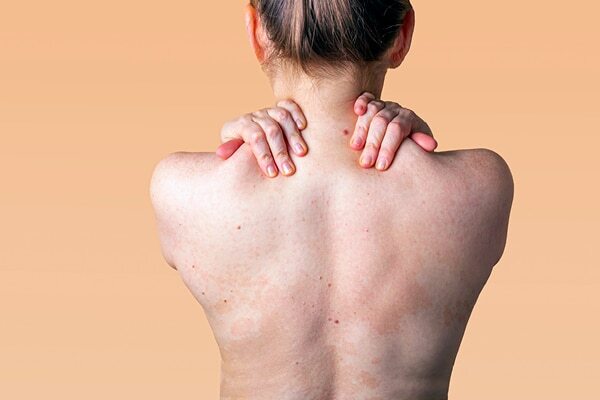
Fungal acne is actually not acne at all and is not even caused by fungus. What we usually refer to as fungal acne is a common term for Pityrosporum folliculitis or Malassezia folliculitis, which, in layman's terms, is an infection in the hair follicle. This infection is caused by an excess of yeast (which by the way, is always present within the hair follicle) and causes inflammation, itching and acne-like bumps on your face, arms, back and chest. Although Malassezia is usually present on everybody's skin, it is often triggered due to certain lifestyle habits, medicines and recurring medical conditions. And since fungal acne isn't acne at all, your regular anti-acne medicines will have absolutely no effect on it and in some cases, even make it worse.
02Difference between fungal acne and bacterial acne
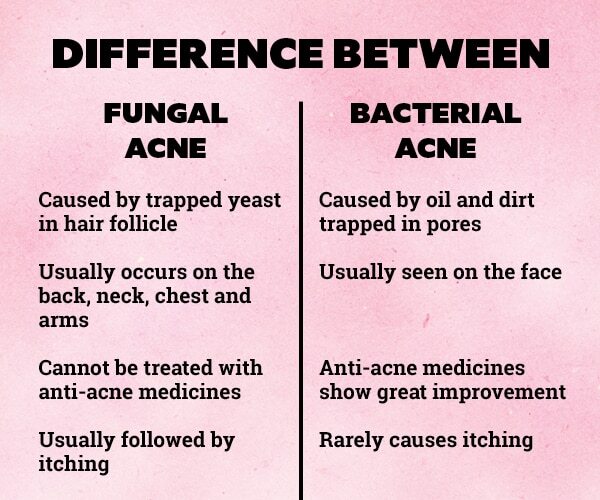
Since fungal acne is a misnomer, we completely understand if you are curious about what makes it different from regular acne.
03What are the symptoms of fungal acne?
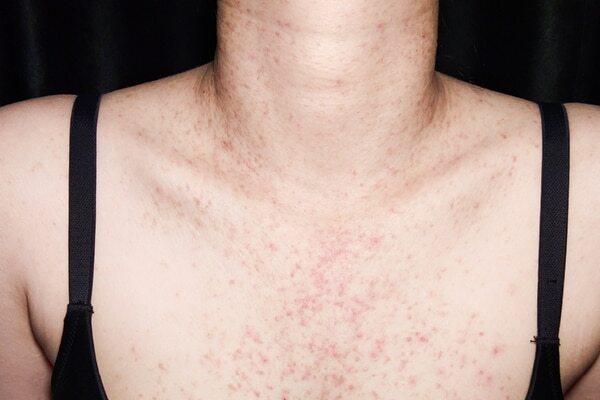
When the yeast, which is also present on your skin, enters your hair follicles and multiples there, it leads to Malassezia folliculitis or fungal acne. This leads to small eruptions or acne-like breakouts on the skin's surface. These eruptions look like small round papules, similar to whiteheads and are usually pink in colour. These are some other symptoms that usually follow fungal acne –
- Swelling and redness in the area
- Irritation and constant discomfort
- Itching
- Occasional stinging
04Causes of fungal acne
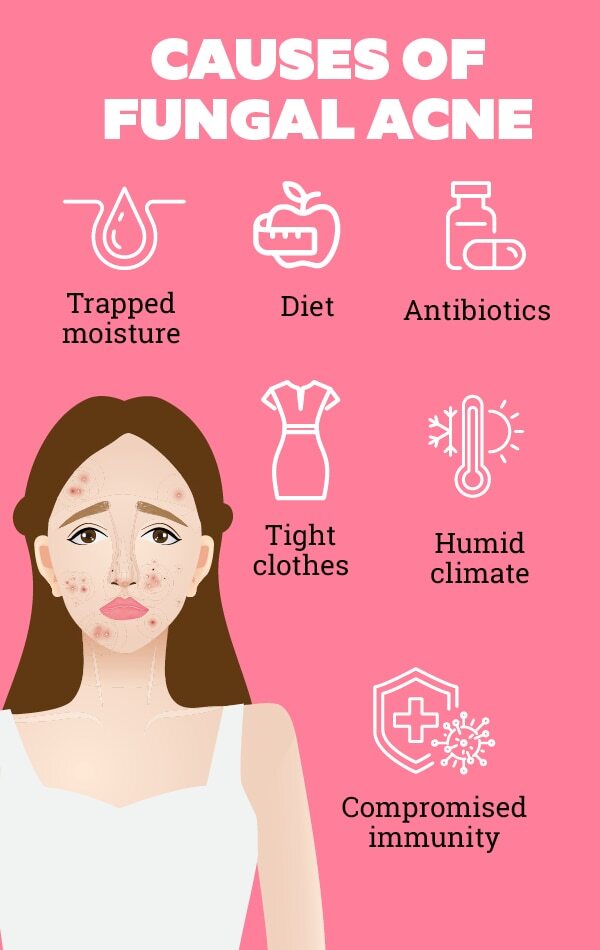
You'd be surprised to know that seemingly harmless habits and lifestyle choices are sometimes the main cause of fungal acne. Let's find out what they are –
Trapped moisture –
If you have the habit of not getting out of your sweaty workout clothes or re-wear the same clothes without washing them, then it creates the perfect breeding ground for the yeast, causing fungal acne.
Antibiotics –
Antibiotics reduce the bacteria naturally present on your skin, which can lead to an overgrowth of yeast. This can then enter and multiply in the hair follicles, leading to inflammation.
Compromised immunity –
Recurring medical conditions such as diabetes or HIV, lead to a compromised immune system, making you vulnerable to fungal acne.
Diet –
Yeast can thrive on carbs and sugar substances. So, if your diet is rich in these two components, then that could be the reason behind you developing fungal acne.
Tight clothes –
Constantly wearing tight clothes can trap sweat and bacteria on your skin, creating a suitable environment for the growth of yeast.
Humid climate –
Sweating is more common in people living in hot, humid and temperate environments, thereby making them more prone to fungal acne.
05Treatments for fungal acne
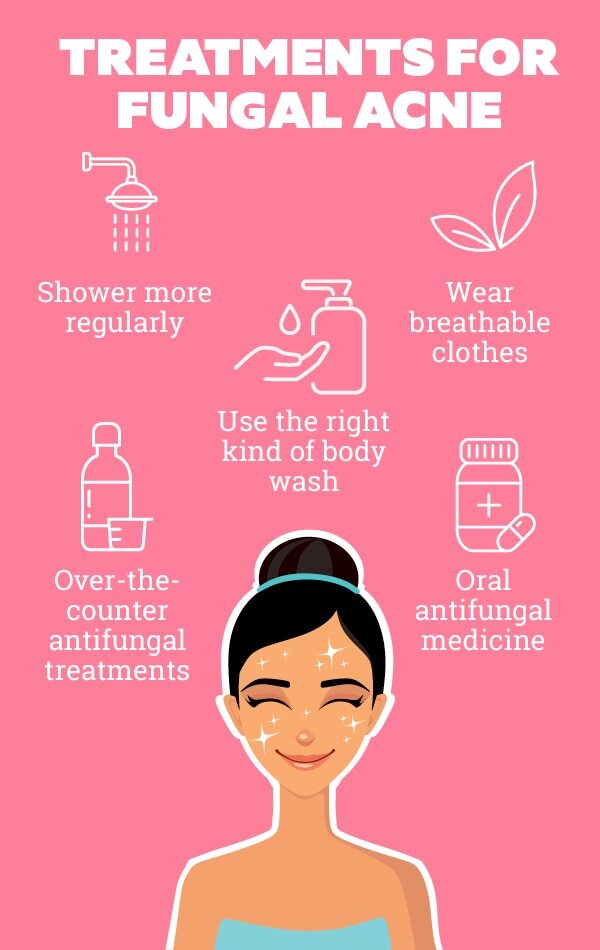
Once you know the causes of fungal acne, treating it is really not that difficult. By simply incorporating a few lifestyle changes, you'd soon notice a marked improvement in this condition. Let's find out some super effective treatments for fungal acne –
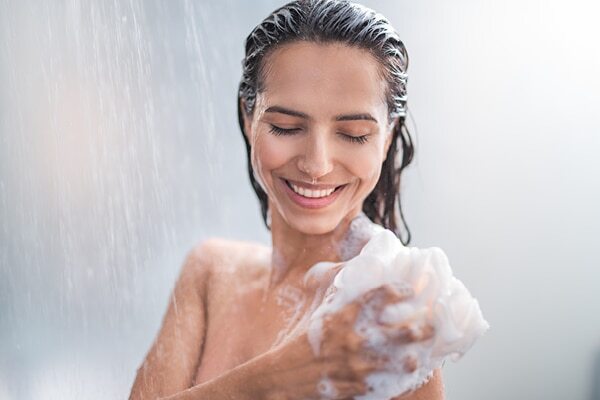
In order to treat fungal infections, ensure that you shower immediately or at least as soon as possible after a workout. Sweaty skin is the perfect breeding ground for bacteria, and therefore it is extremely important to shower and change out of your workout clothes once you are done. Additionally, never wear the same workout clothes twice without washing them. The warm and moist environment created in sweaty workout clothes can trigger the yeast and cause fungal acne.

If you live in a really hot and humid place, then it is advisable to wear loose clothes and breathable fabrics, especially during the summer months. The restricted airflow and friction caused by tight clothing can encourage the growth of yeast, which can then enter the follicles, multiply and cause inflammation and irritation.
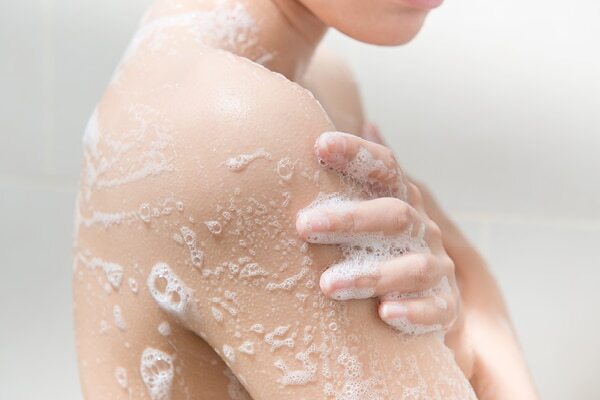
A simple remedy to treat fungal acne is to use the right kind of body wash. If you didn't already know, a simple hack to keep fungal acne under control, treat it, and prevent it from coming back again and again, is to simply use some anti-dandruff shampoo a couple of times a week to shower with. But ensure that the anti-dandruff shampoo you are using contains pyrithione zinc or selenium sulphide for it to be effective and show any real results.
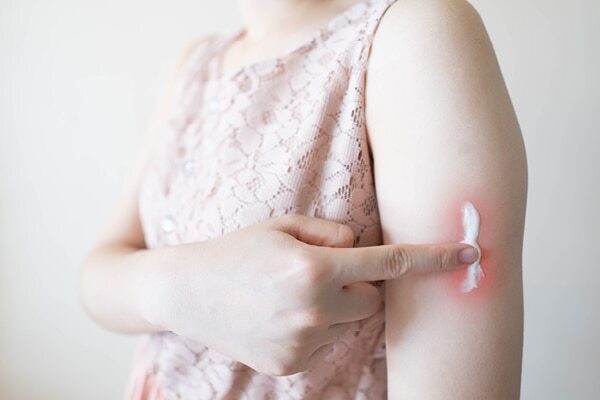
If your case of fungal acne is kind of serious, then it would be best to visit a doctor ASAP. Depending on the status of your skin irritation, the doctor would either ask you to try one of the remedies mentioned above, or simply give you over-the-counter antifungal creams and medicines. These OTC treatments contain ingredients such as ketoconazole, butenafine, or clotrimazole cream to soothe skin, reduce irritation and control fungal acne.
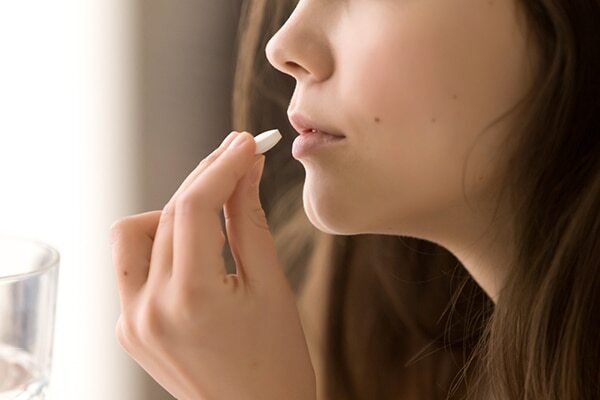
Another course of treatment that your doctor could possibly prescribe is starting with oral antifungal medicines. These oral medicines are specially formulated with itraconazole or fluconazole to really target the hair follicles on your body to properly heal the infection inside.
06FAQs about fungal acne

Q. How can one prevent fungal acne?
A. So, here's the thing – it is sort of impossible to completely prevent fungal acne. But if you notice that you are prone to developing this problem, then we would recommend you to simply shower with an anti-dandruff shampoo at least once a week, avoid wearing fabrics that cause you to sweat more, change your outfits immediately after a workout as well as consume a healthy and well-balanced diet.
Q. When should one see a doctor for this condition?
A. The answer to this question is pretty simple. If you have fungal acne and have been trying to treat it with home remedies and treatments for over a month, then it is advisable to get a doctor involved. With the right kind of healing and preventive treatments, a doctor will be able to control this problem a lot easier and prevent it from aggravating and recurring if treated right from the start.
Q. How do dermatologists treat fungal acne?
A. Depending on the present condition of your fungal acne, the doctor will start prescribing over-the-counter treatments with topical creams and ointments. But if your acne is a little more severe and needs to be first brought under control, then the dermatologist will prescribe oral medication and then supplement with that with other preventive and topical measures.

